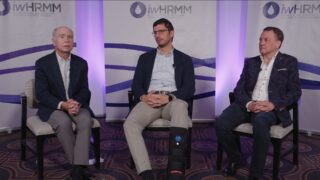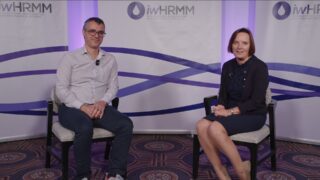Educational content on VJHemOnc is intended for healthcare professionals only. By visiting this website and accessing this information you confirm that you are a healthcare professional.

iwHRMM 2024
Explore roundtable discussions from this year's workshop
View all videosSession 1: Defining high-risk MM






Session 2: Extramedullary disease biology




Session 3: MMSET disease subset



Session 4: Circulating malignant plasma cell biology


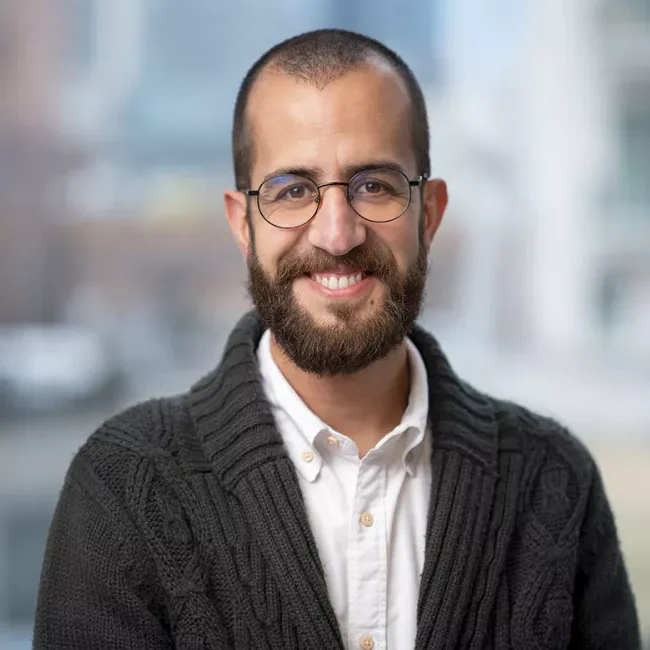
Session 5: Immuno- and targeted therapies and data in high-risk – Part 1



Session 6: Immuno- and targeted therapies and data in high-risk – Part 2
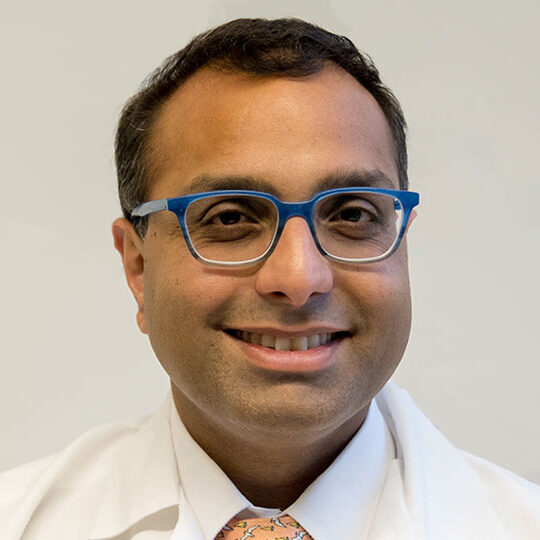
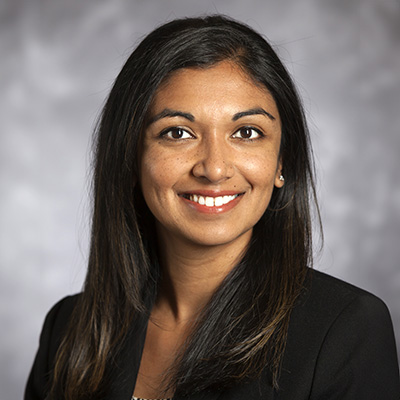
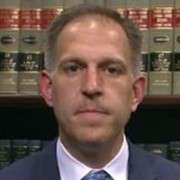
Session 7: CAR therapies and data in high-risk


Session 8: MAF/MAFB disease


Session 9: Designing single-arm studies in high-risk MM


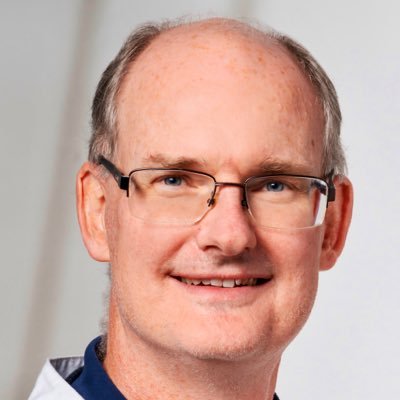

Session 10: Designing randomized studies in high-risk MM



iwHRMM 2024 has been supported by:





